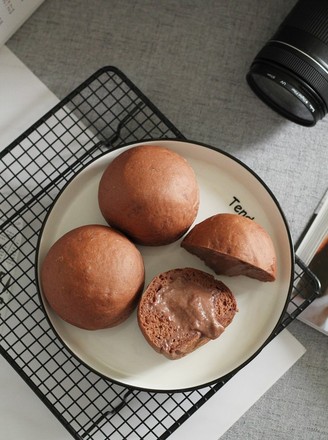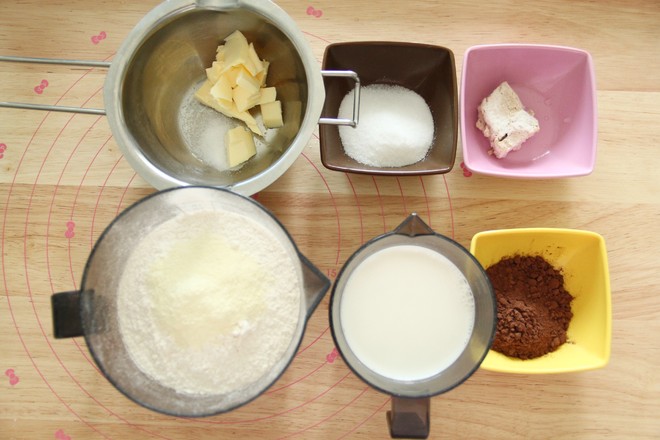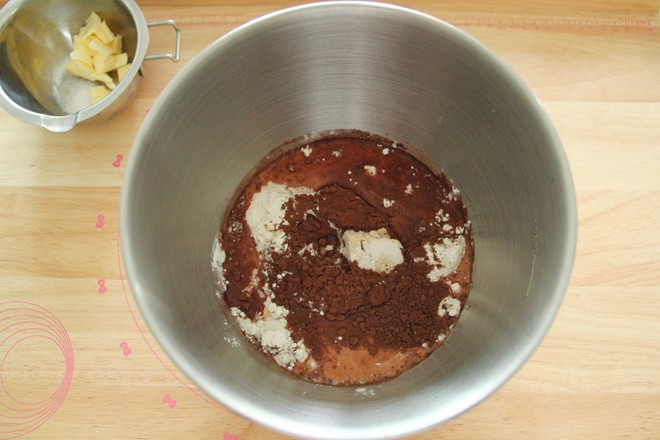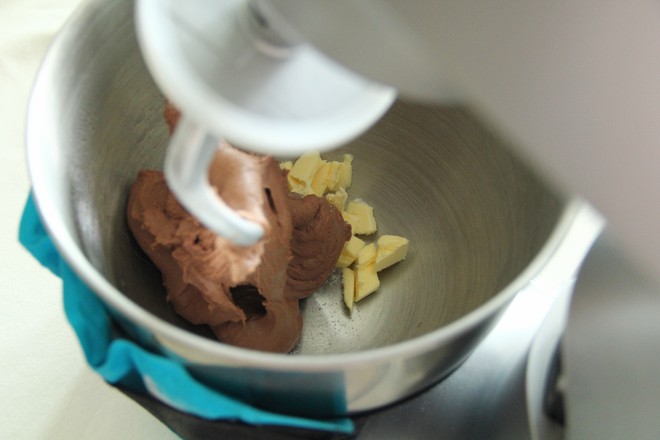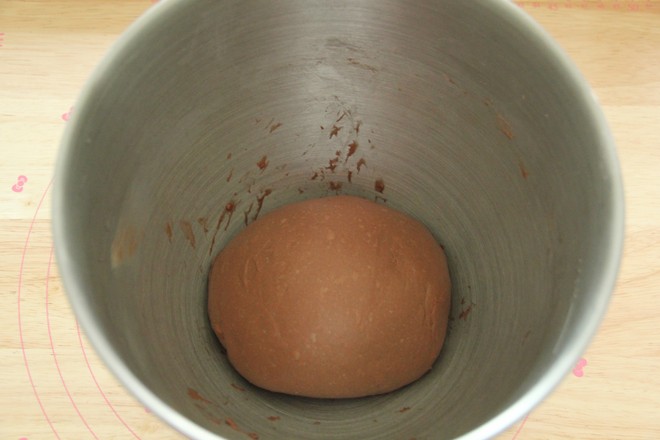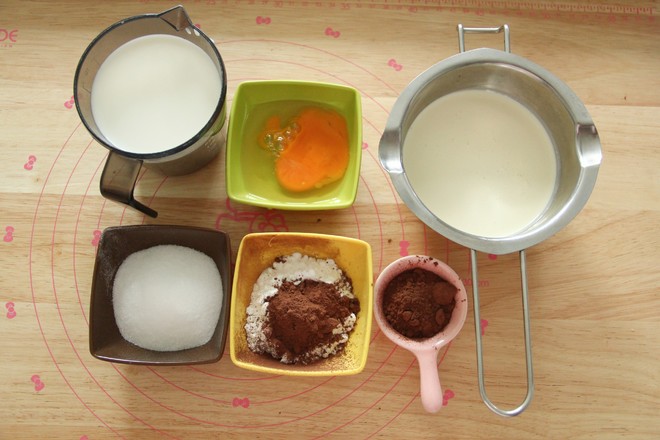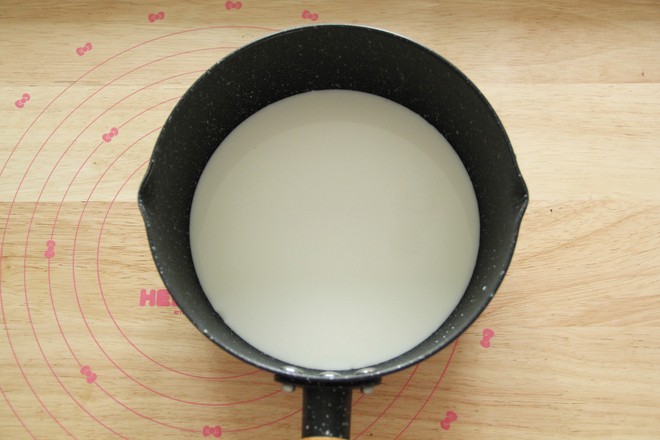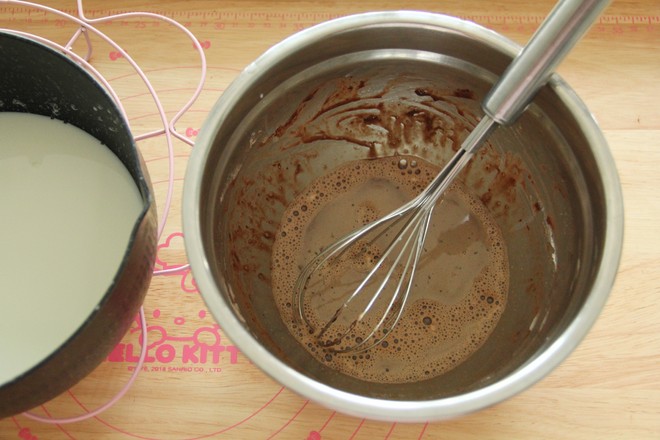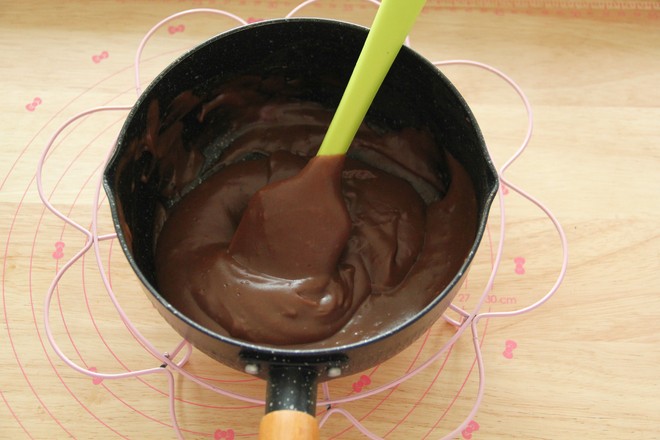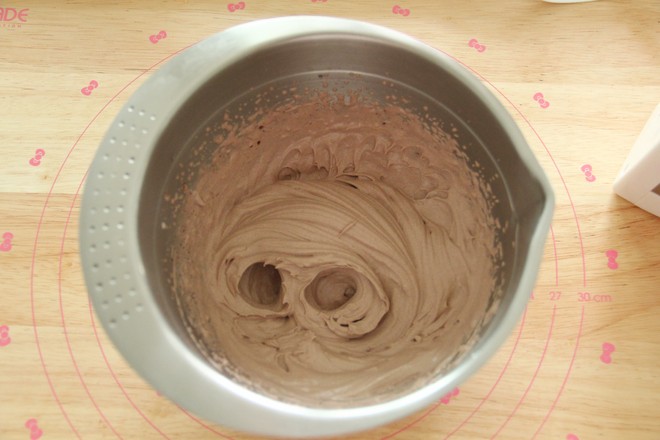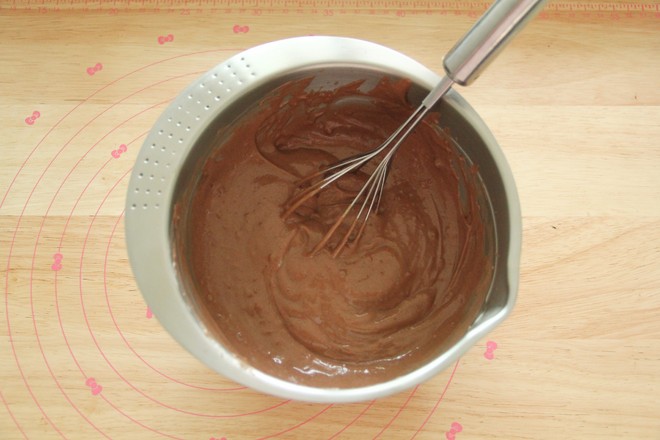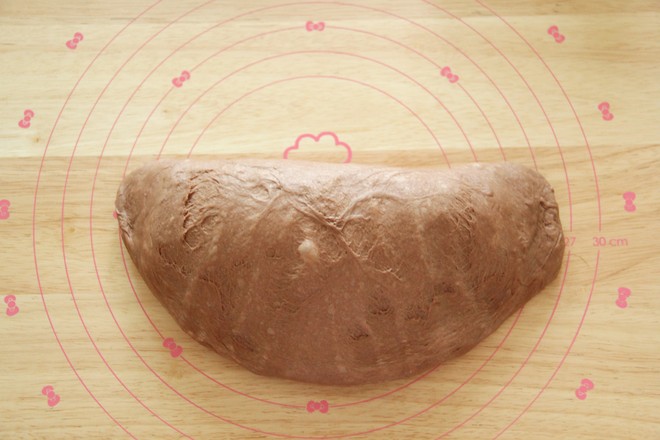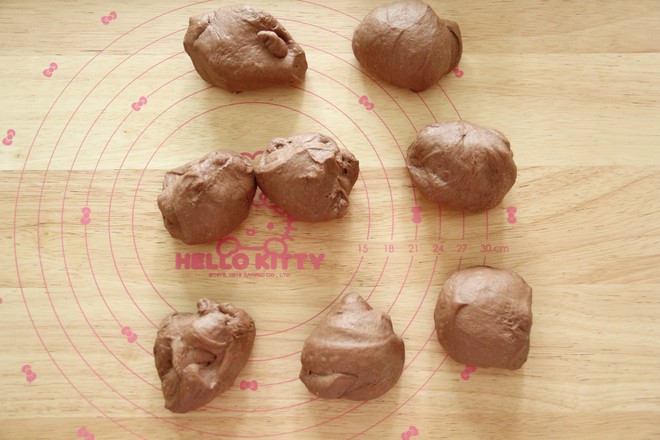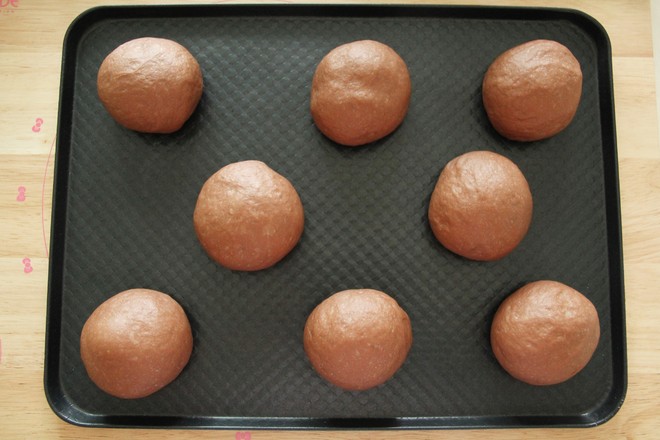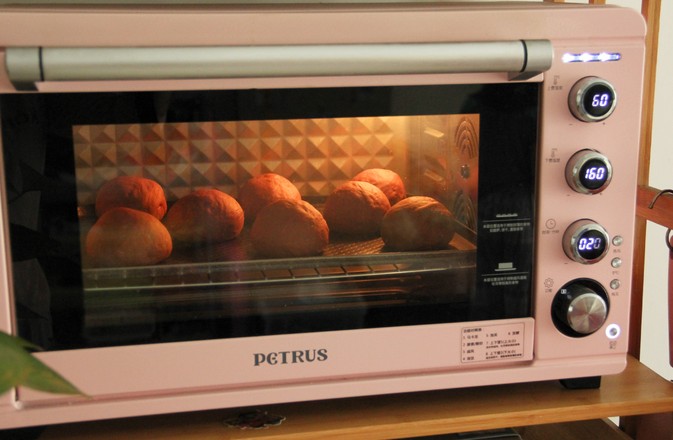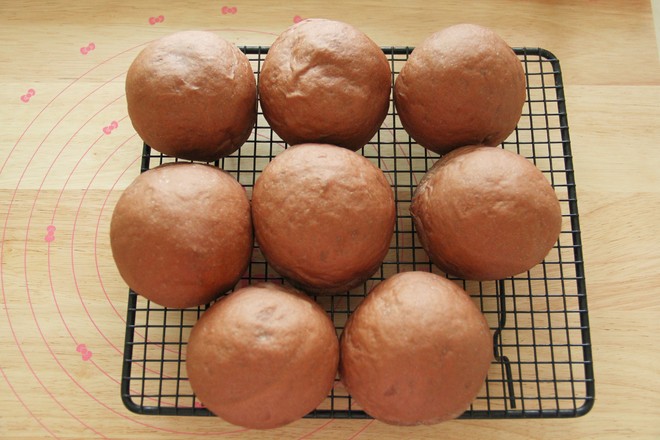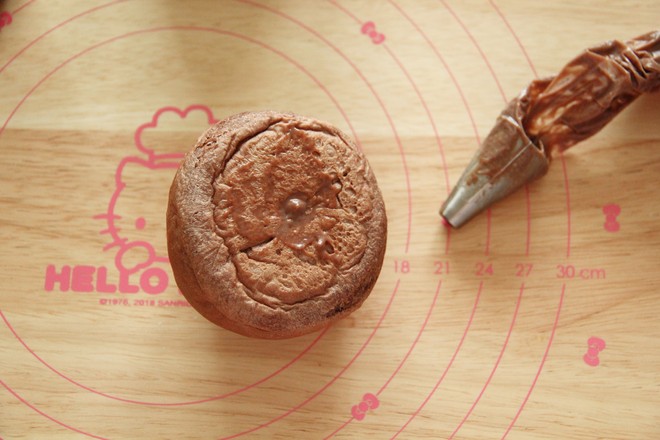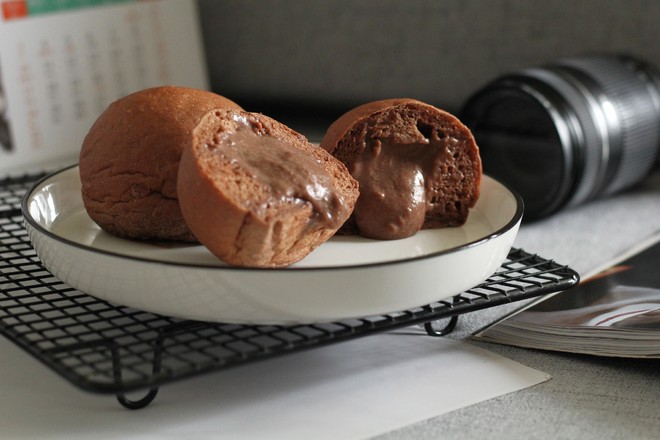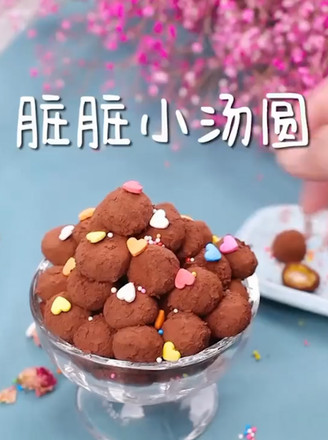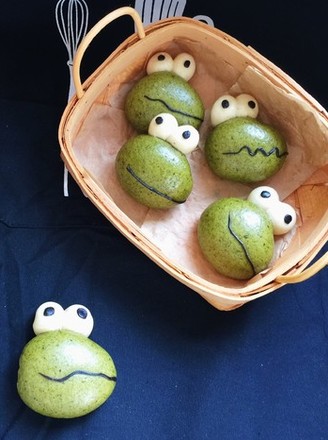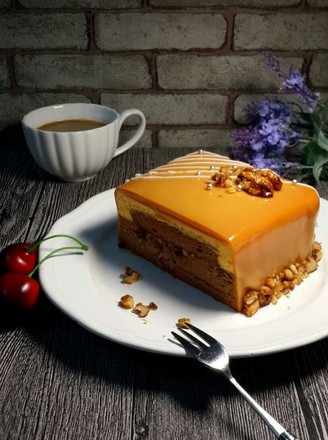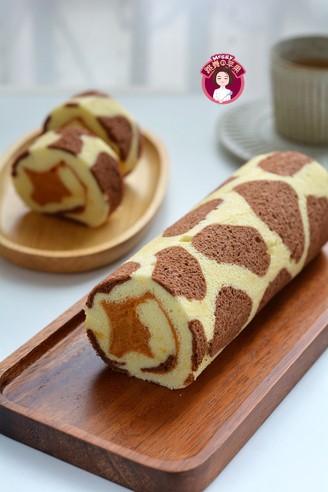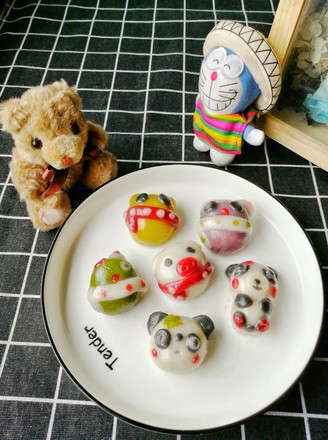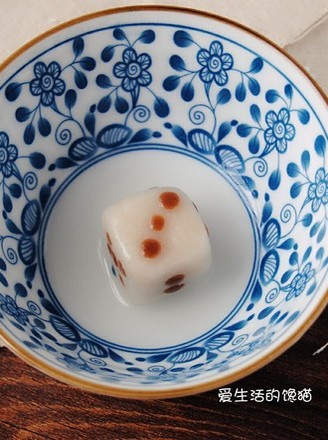Cocoa Ice Bread
1.
Prepare material A. If the butter is frozen, it needs to be cut out in advance to soften it for later use.
2.
Set aside except salt and butter. Pour the flour into a clean noodle-making bucket, then pour the liquid, pour the fine sugar into the corner, and dig a hole in the flour into the fresh yeast. In summer, it is better to use ice milk to control the noodle temperature more easily.
3.
Turn on the chef's machine to mix the ingredients into a dough. Then turn to 2-3 gears and beat it until it is slightly smooth and the thick film can be pulled out. Then add salt and softened butter. (In summer, I put an ice pack on my noodle bucket to control the noodle temperature)
4.
Turn to gear 2 to beat the butter and dough first, then turn to gear 3 to beat it to expand, and the dough is smoothly hung on the noodle hook. Tear gently to pull out a strong and transparent film. Small bread is not as demanding as toast, just like the film shown in the picture.
5.
Take out the beaten dough, hold the dough with both hands, fold it to the outside of the body several times, and put it in a dough-making bucket or a clean basin after rounding, and cover with plastic wrap. The temperature is 27-28 degrees for the first fermentation. It takes about 30-40 minutes (the room temperature is high in summer and the fermentation is fast).
6.
Prepare material B during fermentation. Make Bingxin fillings.
7.
Pour the milk into a non-stick milk pan, and pour the granulated sugar into the milk. Bring to a boil on low heat. Keep stirring.
8.
Leave the fire after boiling. Take another clean pot, put 5 grams of cocoa powder, cornstarch, eggs, and beat them quickly and evenly with egg extract. Then immediately pour half of the milk that has just been boiled, and stir while pouring.
9.
After stirring, pour it back into the milk pan with the remaining half of the milk and heat it over a low heat. It is heated and stirred until it becomes thicker (semi-liquid state), and it is fully gelatinized. Keep it aside from the fire and set aside.
10.
Take out the refrigerated whipped cream and add 4 grams of cocoa powder. Use an electric whisk. If you want the bread to burst, just beat it until there are lines and no flow. If you want the filling to be less fluid, it doesn't matter if you can beat the whipped cream a bit older.
11.
Pour the cold cocoa custard sauce in step 9 into the whipped cream, mix it with egg soot, and cover it with plastic wrap, and put it in the refrigerator for more than half an hour.
12.
Once the shot is completed, fermented to 2 times the size (see the status, time is just a reference), just dip your fingers in the flour and poke the hole without rebounding or collapsing. Take out and gently fold and press to exhaust.
13.
Divide the dough into 60 grams each and make 8 portions.
14.
Hold the dough in a reverse C shape with your right hand, roll the dough counterclockwise, and arrange it on the baking tray.
15.
The temperature is 35 degrees, the humidity is 75, the second fermentation is carried out, and the fermentation is twice as large. Tap the surface with your finger to slowly rebound.
16.
At the end of the second round, preheat the oven in advance, up and down 170 degrees. After the fermentation is completed, put it into the preheated oven to the lower middle layer, turn 160 degrees, and bake for 20 minutes.
17.
After roasting, take it out and transfer to a cold rack to cool.
18.
After it’s cold, take out the Bingxin filling and put it into a piping bag. Squeeze the filling in 360 degrees.
19.
Began to eat
Tips:
Note 1. The amount of noodle making liquid can be reserved a little, and it can be added according to the water absorption of the flour.
2. Control the temperature of the noodles. The end of the noodles is about 25-26 degrees, not more than 28 degrees. You can use ice milk or a noodle bucket to help an ice pack to control it.
3. This filling is squeezed into 8 meal packs, just right! The filling must be refrigerated before squeezing in, and it will be cold when you eat it.
4. Please adjust it according to your own oven when baking mildly. The article uses PE3050.

